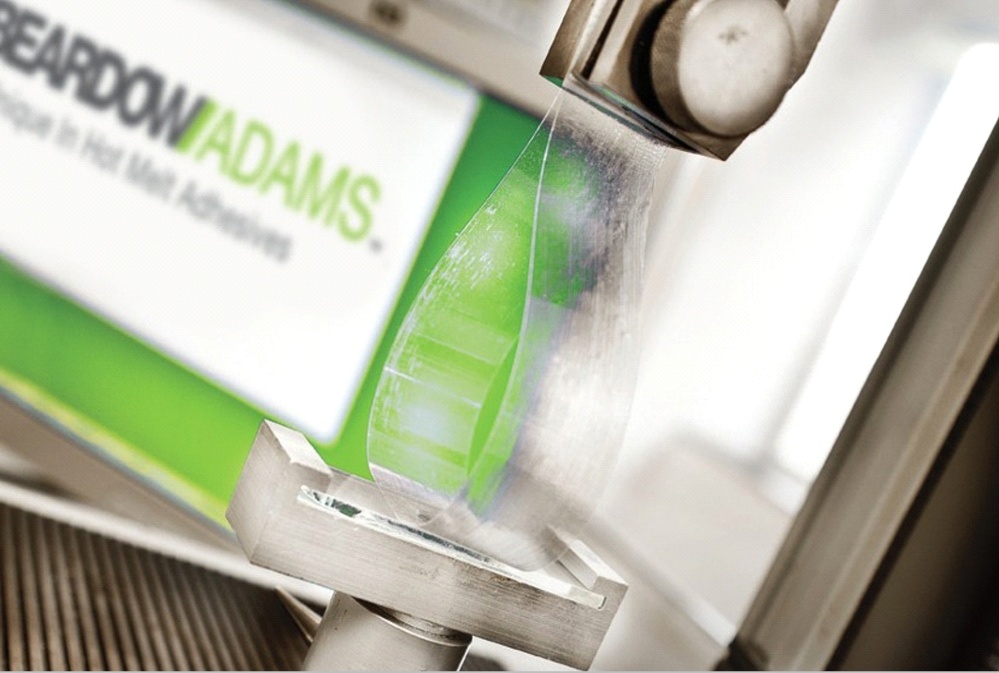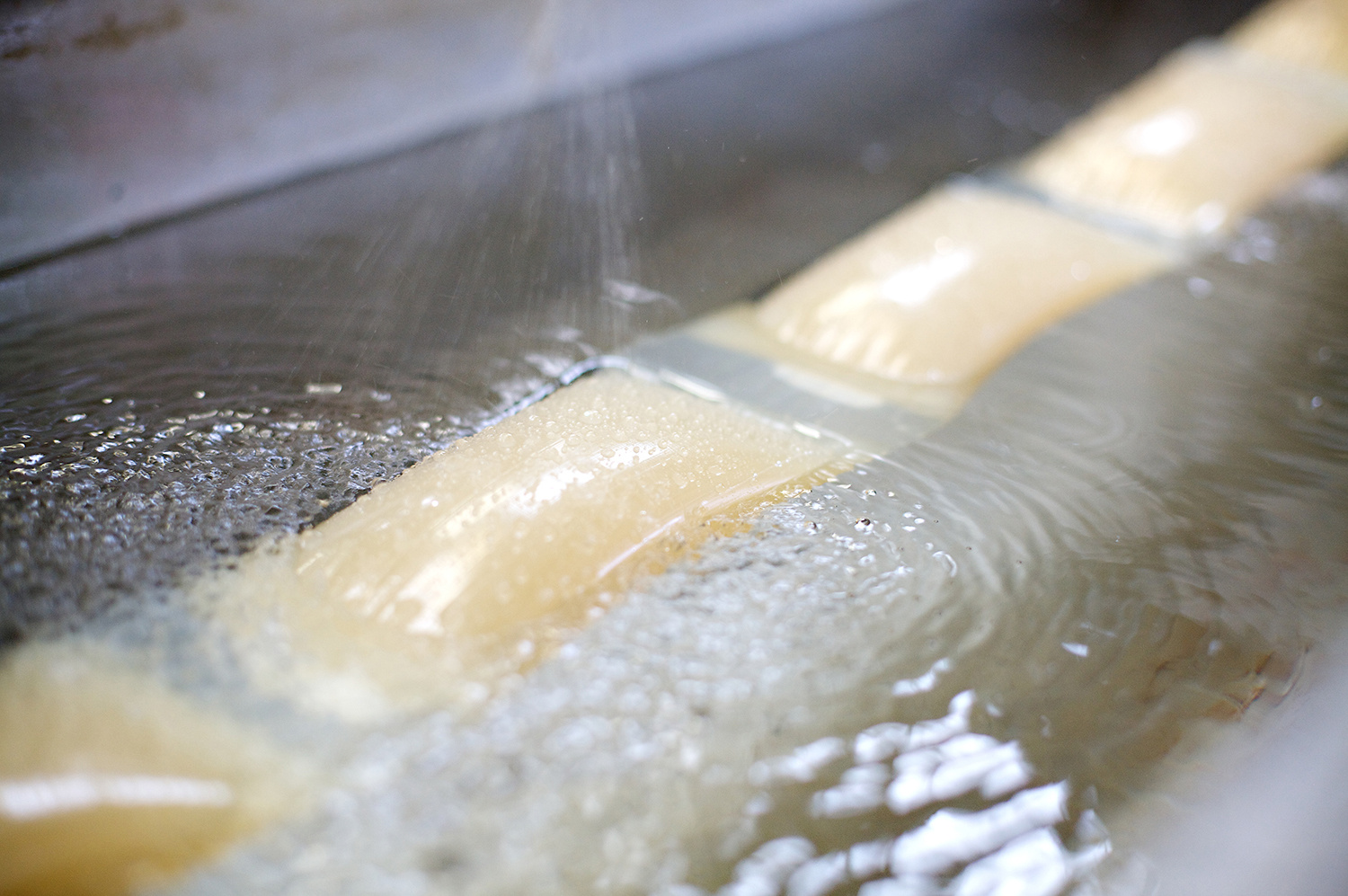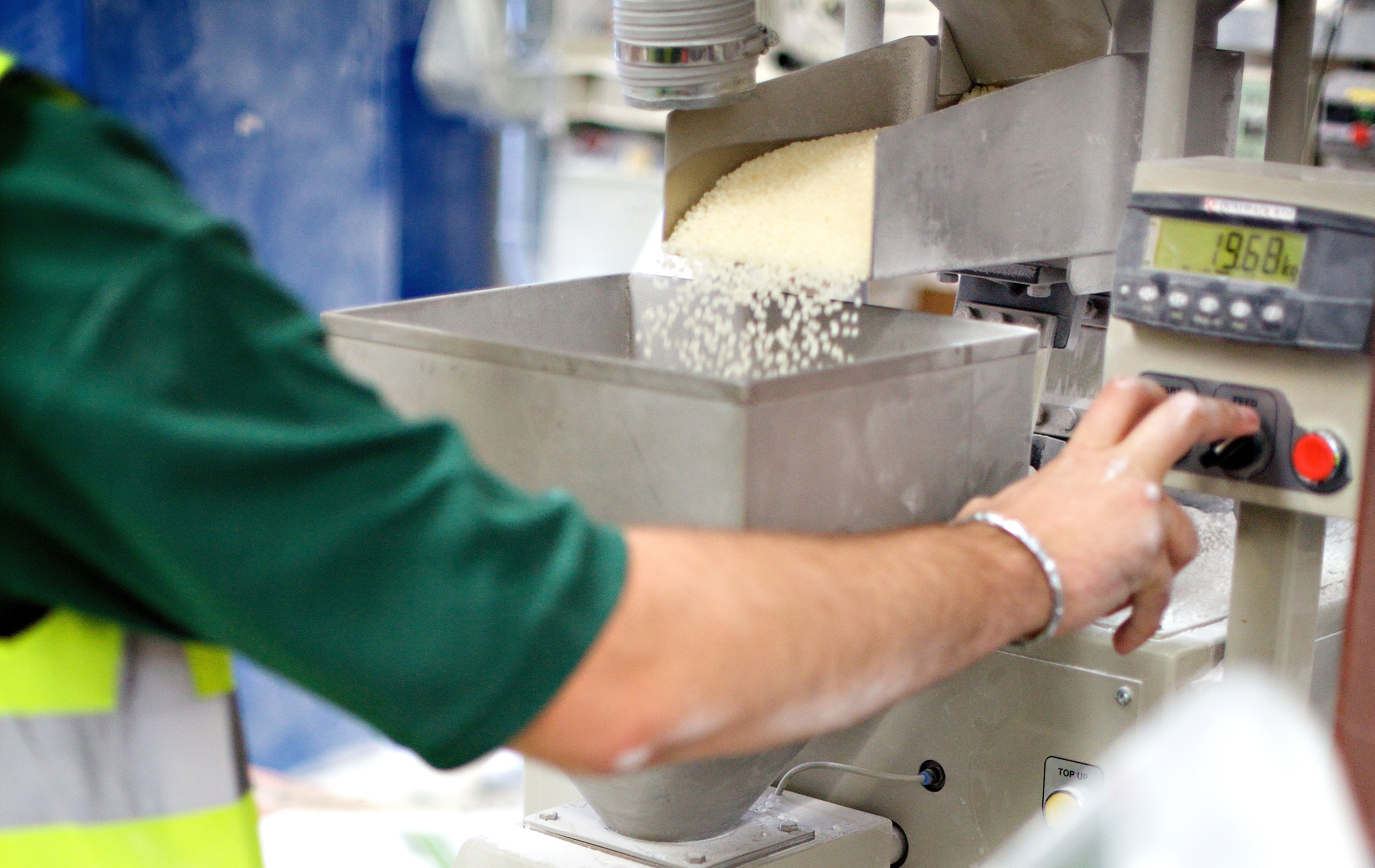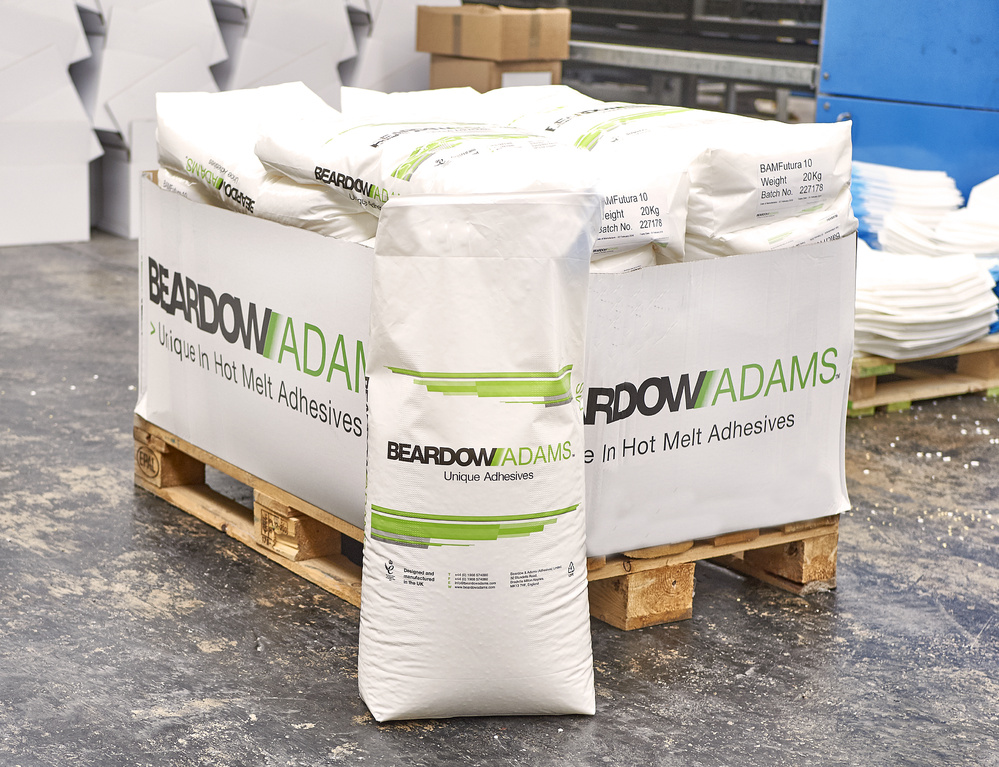How are hot-melt adhesives made?
- Choosing raw materials for hot melt manufacturing
- Formulating hot melts
- Mixing components during hot-melt manufacturing
- Distributing adhesives around the world
- Industrial users of hot melts
Industrial hot melts are used all over the world, in everything from the sealing of packaging cases and cartons to component assembly in the automotive industry. But how are they made?
Global partner of SPE «LUX-X» (LLC) it is Beardow Adams witch has over forty years of experience in manufacturing industrial adhesives, and explains some of the key steps in the production process, as well as providing support to ensure customers get the best bonding quality possible.

Choosing raw materials for hot melt manufacturing
Polymers, resin tackifiers, oils and waxes, speciality additives, and antioxidants are all used to make hot-melt adhesives.
As the backbone of a hot melt, polymers provide strength and chemical resistance, with both ethylene vinyl acetate (EVA) and metallocene (mPO) commonly used in formulations.
EVA’s offer good compatibility to many types of waxes and oils and are available in a variety of grades, whilst metallocene polymers can offer improved precision, better milage, and increased performance in hot and cold temperatures.
Resins, meanwhile, impart tack and modify the base polymer, and can be either petroleum or natural-based - typically, rosin acid derivatives and their esters are commonly sourced from trees and as a by-product of paper production – which offer, therefore, an excellent opportunity to increase the bio-based content of hot melts.
Oils and waxes alter viscosity and softening point and will affect the melting point of the product, while excessive oxidation is prevented by the addition of antioxidants.
In the case of pressure sensitive hot-melt adhesives, plasticisers are also used to improve flexibility, reduce the viscosity of pressure sensitives, and improve wetting – countering the effects of excessively stiff base resins.

Formulating hot melts
Although all materials have their own unique role to play in an adhesive’s application characteristics and processing properties, for the formulation to succeed, they must be compatible with one another.
For example, increasing the polymer content will improve the strength and viscosity of a hot melt and decrease its open time, whilst increasing the percentage of resins will have the opposite effect; yet it is only by rigorously testing formulations - using the very latest equipment, combined with expert formulation knowledge - that the right balance of materials can be struck.
Testing also allows formulations to be checked against customer substrates to provide accurate recommendations for hot melt grades, as well as customise adhesives for new applications.
Relationships with material suppliers is crucial to ensure formulations benefit from the latest polymer and resin technology, particularly materials that offer improved sustainability.
Mixing components during hot-melt manufacturing
Weighing and loading raw materials into the vessels is the start of the production process, with each batch varying in size dependent on their production line and customer needs, and can take several hours to mix.
Materials are added to the mixer via a loading hopper, usually in a specified sequence. As an example: wax and antioxidants to start with, then once fully melted the polymer is added, followed by the resin once the EVA or metallocene has fully mixed. This ensures all materials are fully melted and the consistency of the product is right before going to the next stage.
As soon as all materials have melted and mixed, the product is filtered and pumped into a holding vessel, before being filtered once again; then shaped and cooled into the desired format.
Cold adhesive is then sieved before being packed into the appropriate sacks, bags, or boxes.

Distributing adhesives around the world
Once packaged, Beardow Adams adhesive is shipped to partner companies or representatives located around the world.
NPP "Lux-X" (LLC), as the exclusive global partner of Beardow Adams, offers support and service throughout Ukraine. We provide hot melt adhesive grade recommendations based on customer applications, manufacturing environment, and product lifespan.
We can also offer troubleshooting assistance – helping to tackle common issues such as adhesive stringing or bond failure, which can occur because of changes in substrates, environmental conditions, or alterations in machinery setup.
Industrial users of hot melts
Using high quality raw materials and formulating these to provide the right balance of characteristics, ensures our adhesives do not char or degrade in melt tanks and run cleanly during production. This minimises line stoppages for cleaning or breakdowns and thus improves manufacturing efficiency. Superb mileage and waste reduction, meanwhile, also help to enhance the bottom line.

Product performance benefits from durable bonds that are designed to cope with challenging conditions, ensuring brand integrity is protected throughout the product’s lifetime.
For further information on our range of hot-melt adhesives, contact us by sending an email to: office@lux-x.com or visit the contact us page https://lux-x.com/en/kontakty/






